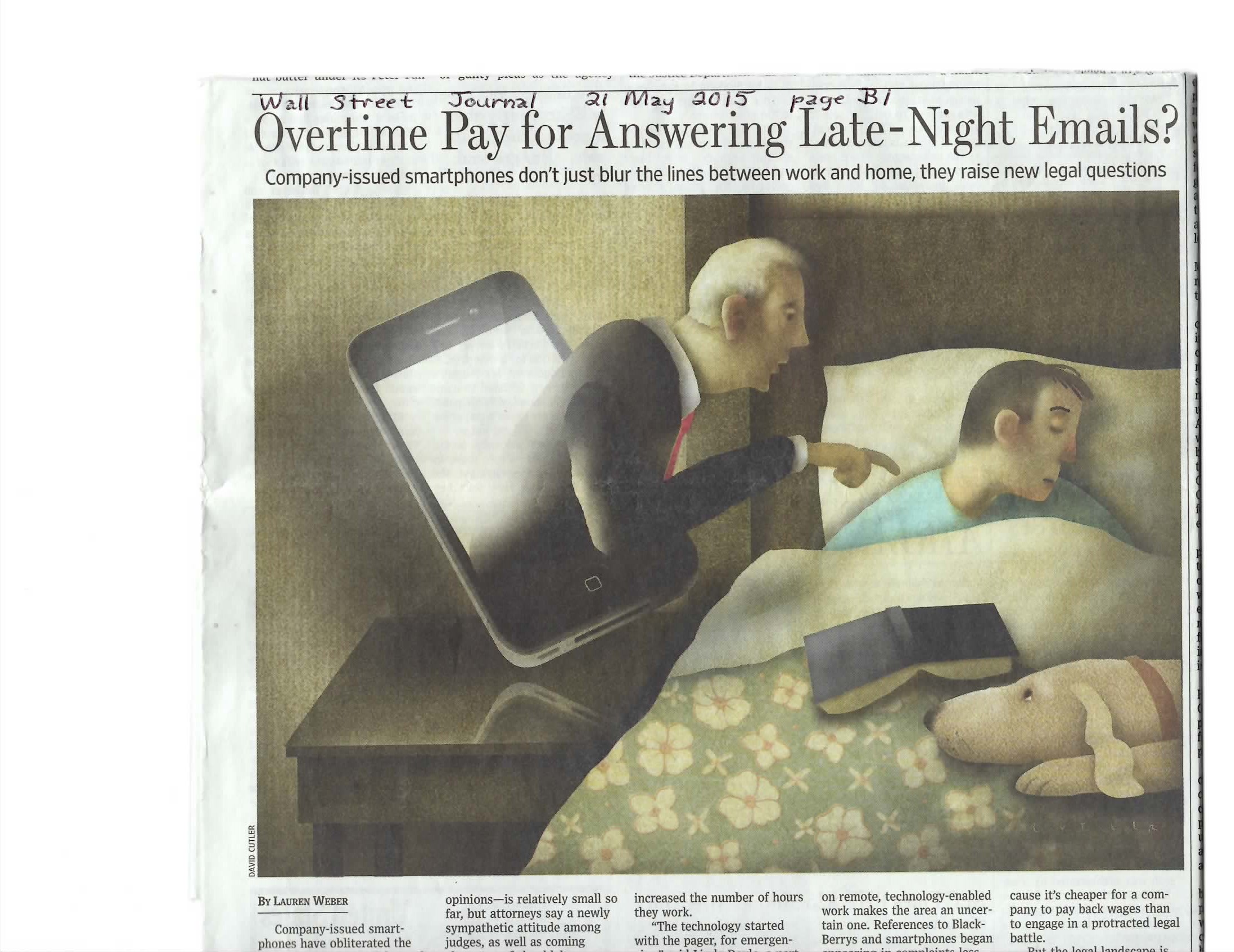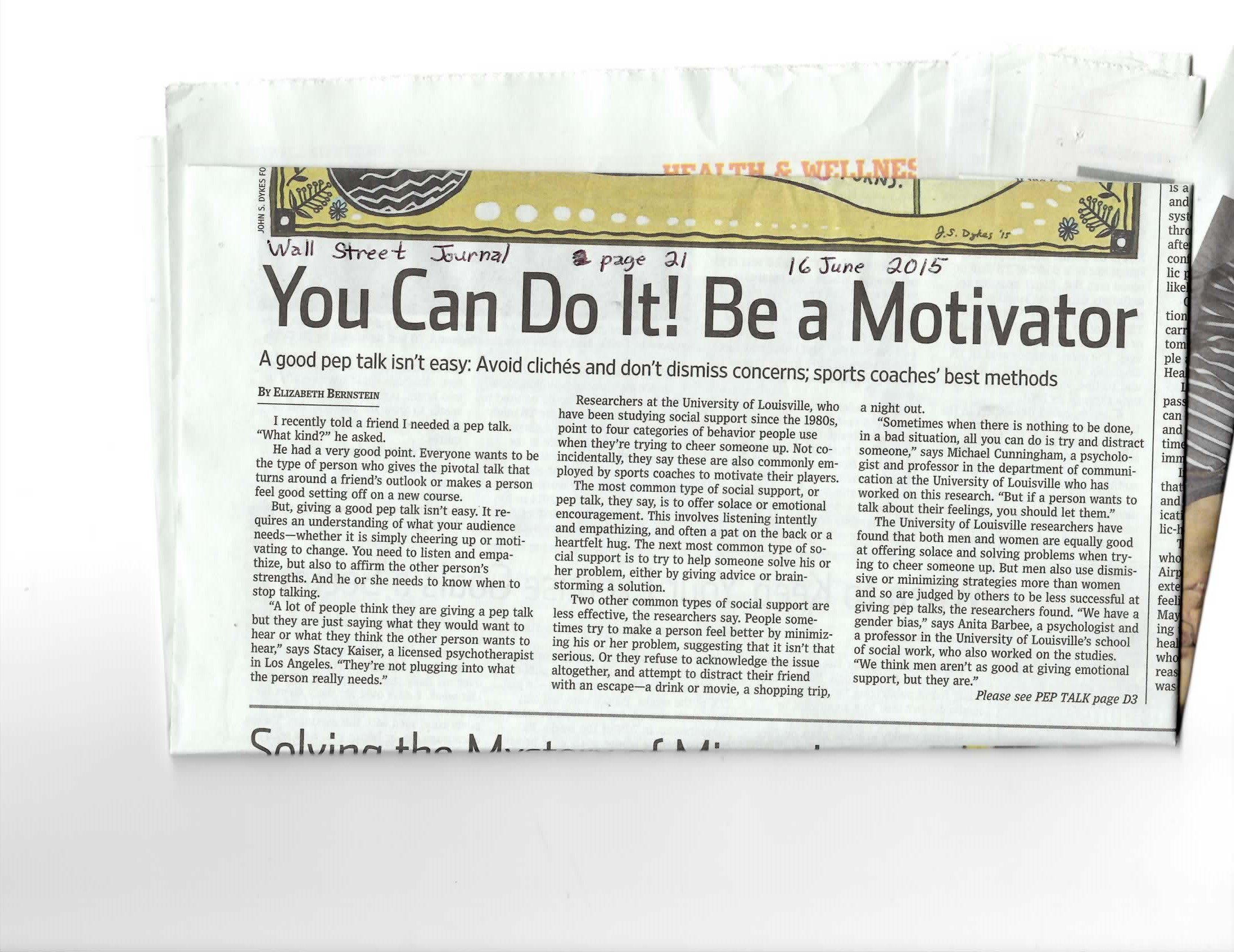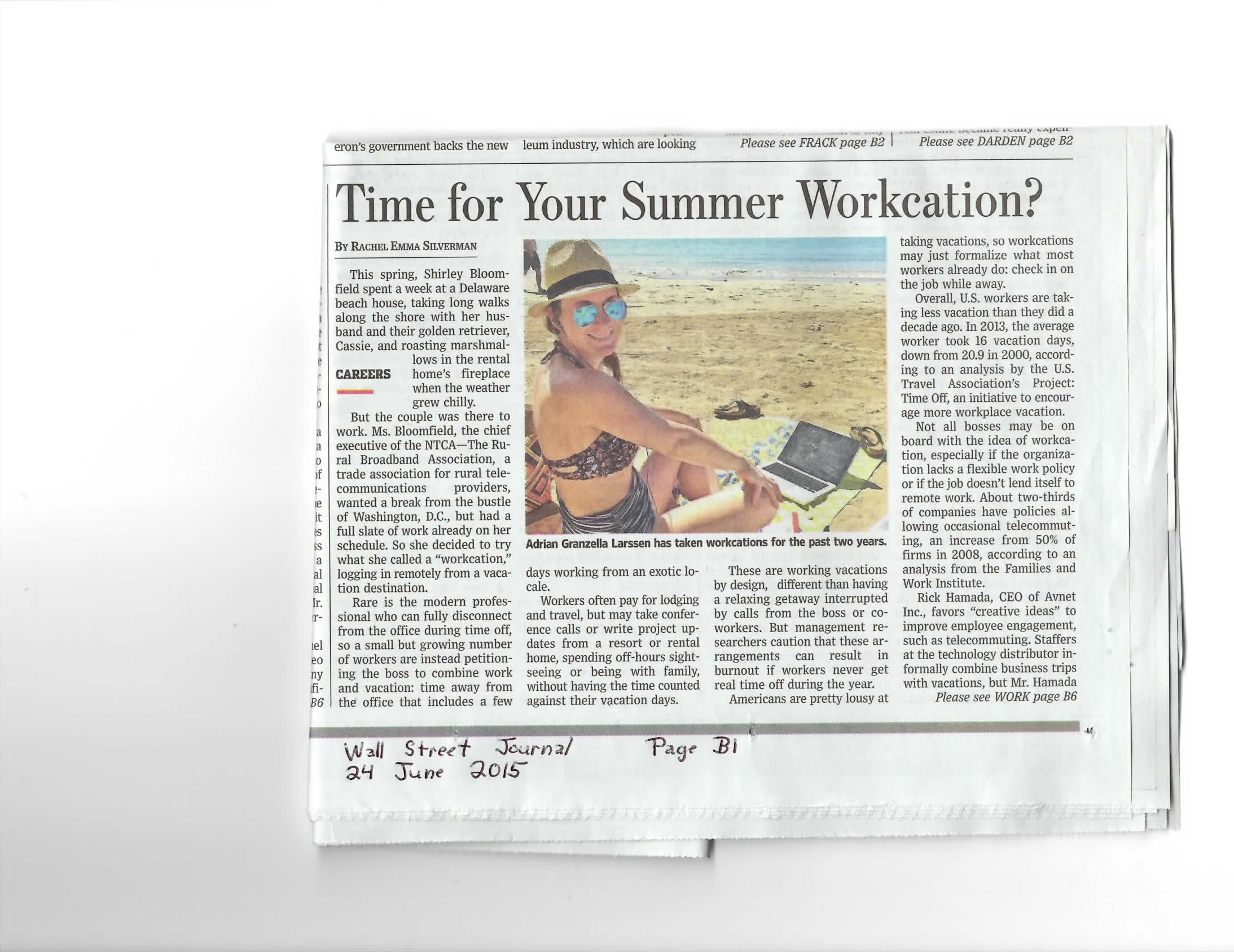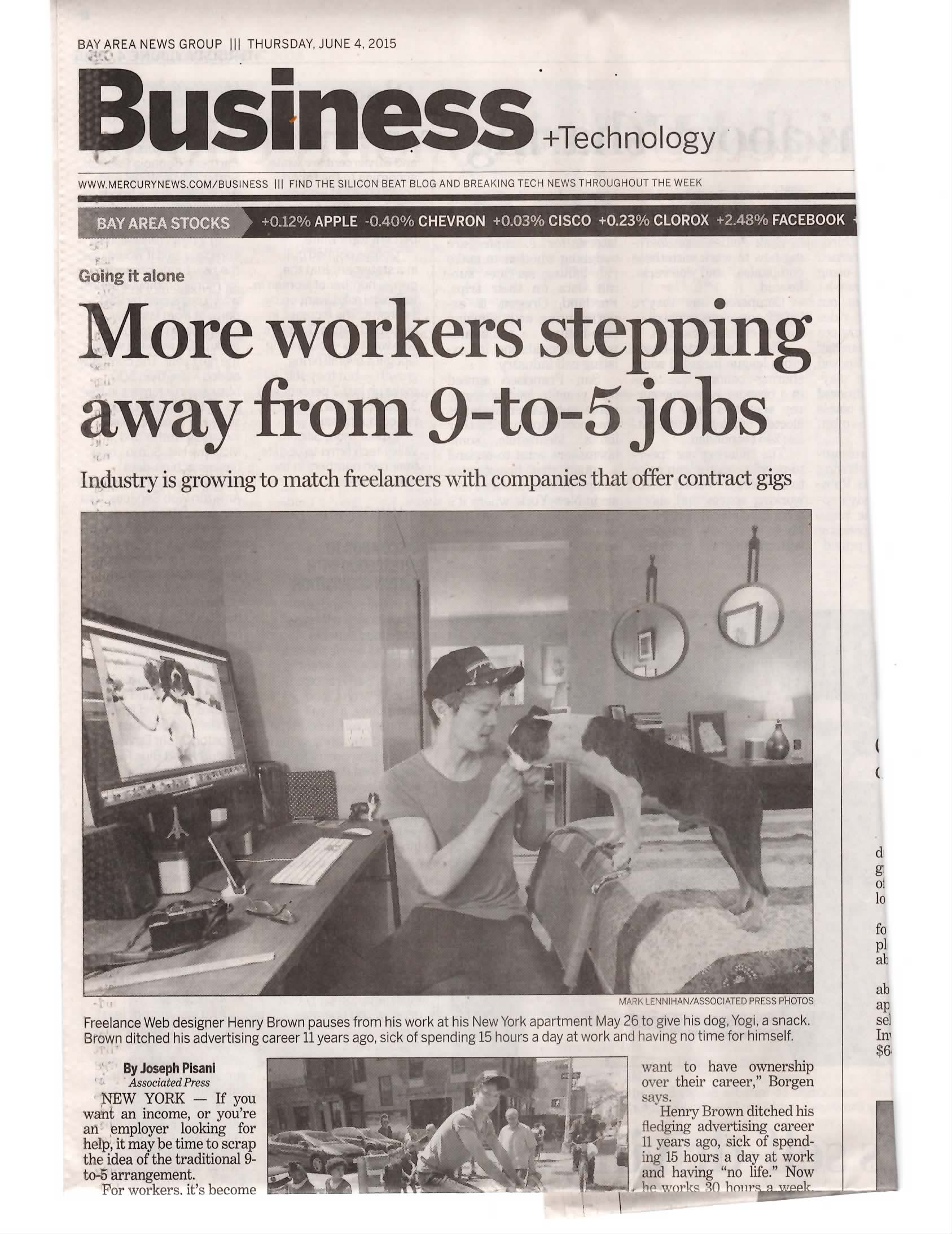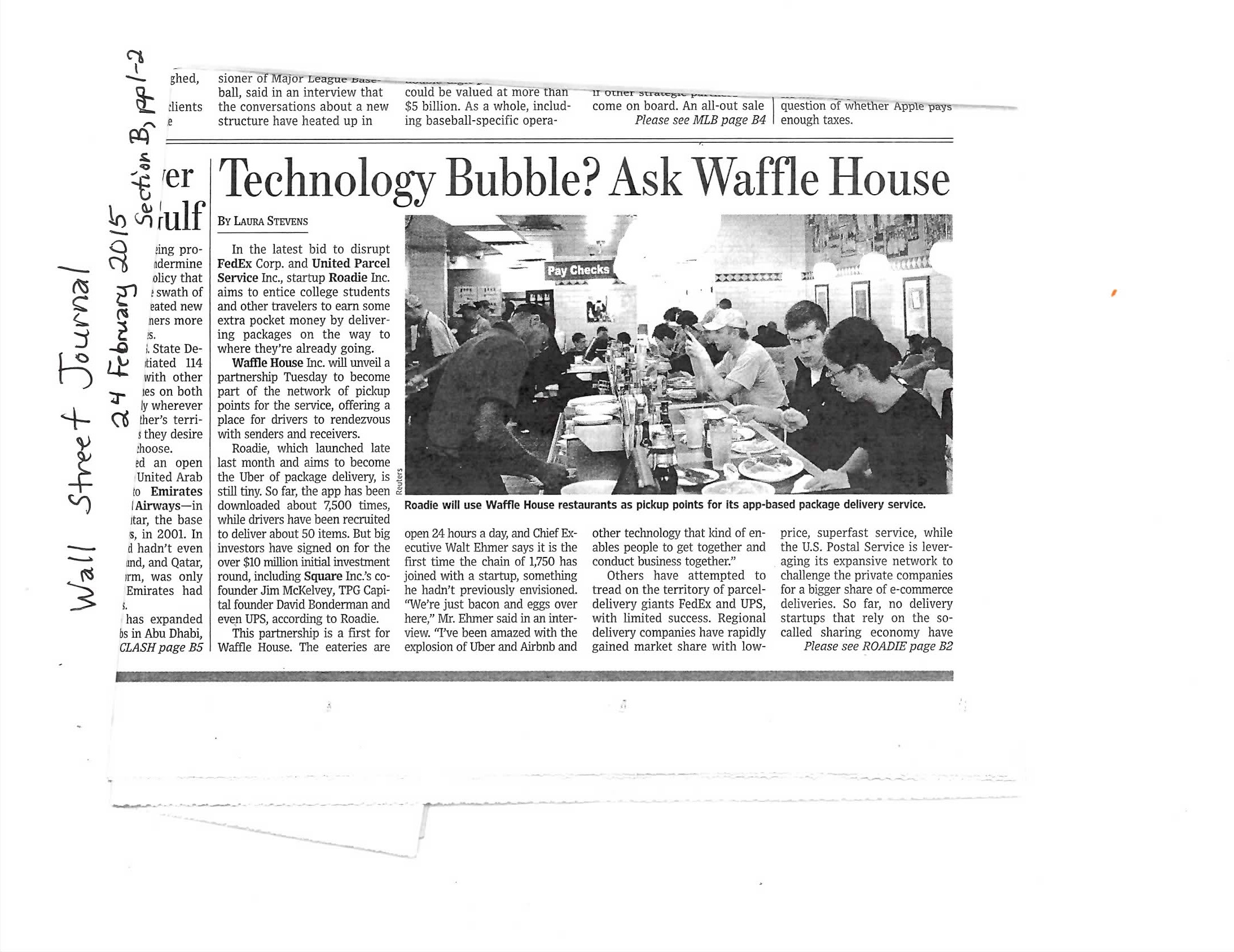
Ph.D. 1981, Sociology, University of California-Riverside
Current Teaching Assignments
Chuck is sometimes available for some occasional tutoring but is no longer teaching classes.
Ongoing Research Projects
Chuck is involved in three on-going research projects; one in Japan, one in Aotearoa, New Zealand, and one in the United States. At present, most of Chuck’s research time is being devoted to the study of a few families which are traceable through all or most of the Tokugawa era (1603-1867) in Japan. A key facet of this investigation involves trying to identify and date demographic events (births, adoptions, marriages, and deaths) within a small number of individual families over a long period of time. The data set will not be large enough to support the use of statistical methods, but it may prove rich enough to make a modest addition to our body of knowledge about family demographics and events having impact on health (specifically, famines and epidemics) over a 264-year period. Part of Chuck’s research in the United States involves development of a similar data set for a small number of families in the U.S. covering roughly the same period of time (1620-1867). The two data sets (for Japan and the United States) utilize the same demographic variables and should enable comparative analysis. Chuck’s on-going work in Aotearoa, New Zealand examines development of distinctive features of legal and political institutions which enhance Aotearoa, New Zealand’s ability to respond more constructively than most other countries to environmental crises.
Sociological Accomplishments
Prior to retirement in 2021, Chuck’s teaching career covered a wide range of courses in sociology (including theory, research methods, complex organizations, inequality, and social change) and he also sometimes taught in related fields (business administration, ecology, economics, and gerontology). He was the sole-author of one textbook on sociological theory, and the co-author of another. He also developed a paper on writing capstone papers for the American Sociological Association (ASA), was a contributing author of one of the ASA’s manuals describing employment opportunities for students with degrees in sociology, was a contributing author of a manual on program assessment (for the ASA), helped establish or more fully institutionalize undergraduate sociological conferences or publications in three regions of the country, and was instrumental in broadening undergraduate student participation in both the Pacific and the California Sociological Associations. It was also under Chuck’s leadership that Santa Clara University won the American Sociological Association’s Distinguished Contributions to Teaching Award in 1998. On campus, he received the Brutocao Award for Excellence in Curriculum Innovation in 1993, the Dr. John B. Drahmann Advising Award in 2005, and the Louis and Dorina Brutocao Award for Teaching Excellence in 2011.
Chuck’s professional service contributions often extended far beyond his home department. Among other things, he is a former co-editor of the research journal Sociological Perspectives, served for a number of years on the editorial boards of two other journals (Teaching Sociology and The Journal of the History of the Social Sciences), and is also a former editor of the newsletter of the ASA’s Theory Section. He was a member of the ASA’s Departmental Resources Group for several years and conducted program reviews for several sociology departments on other colleges and universities. On Santa ClaraChuck was also Co-Director of the Combined Sciences Program (now Public Health) for two years, received the President’s Faculty Recognition Award in 1998, and was recipient of the Osgood T. Schmulkoff Award (for outstanding performance as a department chair) two separate times, in 1998 and 2012.
Chuck’s scholarship achieved what most academics can realistically hope for. He left some traces on the development of the discipline. (1) He developed a significant reinterpretation of Vilfredo Pareto’s work (which is why he was nominated for the American Sociological Association Theory Prize in the early 1980s). He edited the English translation of Pareto’s The Transformation of Democracy (in 1984). (3) In his “Sticking Points” paper (which was published in Great Britain in 2012), Chuck described the kind of feedback mechanisms which can give “social systems” (societies, large communities, and enduring complex organizations) some degree of “systemic” character; and make functional and dysfunctional changes predictable. This was marked a big step beyond Talcott Parsons characterization that societal change usually moves in a constructive direction. (4) Chuck’s initial explication of the concept of “role improvisation” (published in Ireland in 1981) and further developed collaboratively with Jerald Hage (in their 1992 book Post-Industrial Lives) exploring sociological implications of arrival of the computer age, offered a solution for the question raised left unanswered by George Herbert Mead and Herbert Blumer. (If “society is symbolic interaction,” how can institutional changes arise out of the seemingly random mix of everyday interaction?) (5) Chuck’s work, especially in work collaboratively written with Marilyn Fernandez, was methodologically innovated in its approach survey construction and uses of archival data. (6) Chuck’s most important contribution to economics is found in his theoretical explanation of the relationship between levels of income inequality and a reduction in general economic welfare (most clearly explained in Chuck’s 2006 economics paper published in The Netherlands). This work directly challenges the basis of “trickle down” economics. (It also illustrates a point Chuck has always insisted on; that we need to be careful because the structural arrangements people think may produce good outcomes often lead to very bad ones.) (7) Chuck’s contribution to administrative studies consists of a wide range of managerial observations and insights, many developed collaboratively over the years with Ray Maghroori, were often informed by Chuck’s observation that changes in organizational structure can be better understood if we also take into account organizational culture and impact on the capacity for sustaining innovation.
